Gaming, Fast Food and 19 Other Pleasures That Are Hurting Your Bank Account

Some guilty pleasures are guilty pleasures because they're bad for your health. Others gobble up time that could be better spent doing something else, some are expensive, and some are all three.
See: Money’s Most Influential: Where Do Americans Get Their Financial Advice?
Check out: 20 Genius Things Mark Cuban Says To Do With Your Money
Some of them taste good, others make life super convenient, and others are just plain fun. But all guilty pleasures have one thing in common -- they make you poorer for very little gain.
Here's a look at some of the worst, but also the most fixable, of all the guilty pleasures.
Last updated: July 21, 2021

Drinking Alcohol at Home
One of the uglier consequences of the virus was that a large majority of Americans were reported drinking more. Aside from that, day drinking habits were also picked up by more people, resulting in an increase in drinking problems among Americans in general according to studies from the National Institutes of Health, the American Psychological Association, Nielsen, and many others.
Drinking to excess is bad not just for your health, but also for your wallet. A liter of Skyy Vodka will set you back around $20, while higher-end brands like Grey Goose will cost you in the $40 range.
If you're more of a wine drinker, you can buy cheaper bottles of wine, but they'll go faster if you indulge while watching "The Bachelor." To save on costs, you can always drink less -- or put your warehouse club membership to work for you. Costco is known for offering house-brand wines at great rates.
See: Rude Money Habits You Need To Break Now

Drinking Alcohol Out on the Town
Now that you're actually allowed to go out drinking in the world again, keep in mind that the median pour cost -- the cost of a drink's ingredients divided by its sale price -- is between 15%-30% in the United States, according to Binwise.
So, a bottle of beer that might cost $2 as part of a 12-pack in a store can easily run you $5 or $6 at the bar. If you prefer a cocktail, expect to spend much more. To save on drinks, opt for inviting a few friends over, BYOB, of course.
Check out: 16 Money Rules That Millionaires Swear By
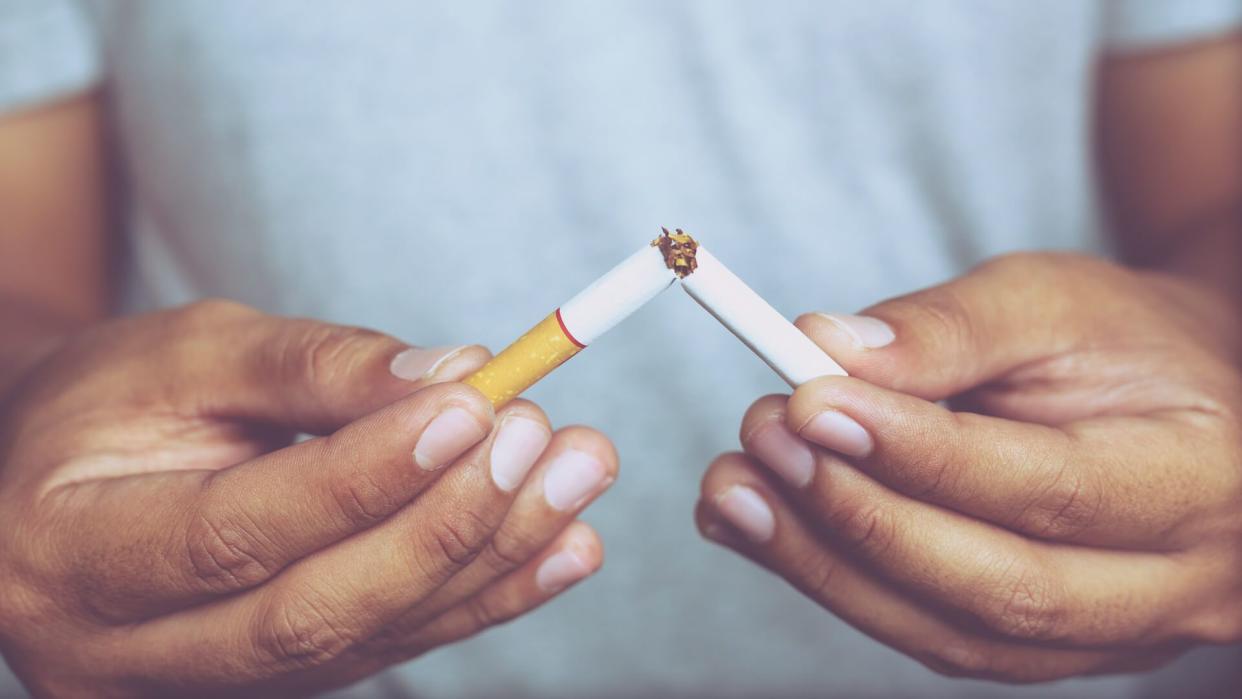
Cigarettes
If you use cigarettes, you're dropping a whole lot of dough on what might just be the worst habit ever.
The cheapest cigarettes are in Missouri and Virginia at $5.25 per pack, according to World Population Review, while the highest prices is in New York, at $12.85. If you go through a pack a week, that's an annual cost of between $273 and $668. A pack a day? That puts your spending between $1,916.25 and $4,690.25 a year.
Overall, costs in the U.S. total $300 billion each year, according to the Centers for Disease Control and Prevention.
Explore: 37 Life Hacks That Will Save You Money

Smoking Marijuana
If you smoke pot, you're not paying much less for the pleasure than cigarette smokers pay for theirs. The dam has clearly broken toward legalized recreational marijuana -- and the industry could change the economy -- but that doesn't mean it's cheap.
In Colorado, an ounce of pot has an average price of $167, according to MarijuanaRates. In California, it's about $100 more at $268 an ounce.
Find out: 101 Easy Ways To Save Money Daily

Going to the Movies
Movie lovers are back in theaters this summer, and the cost is about what you remembered pre-pandemic -- not cheap. According to movie data site The Numbers, the average movie ticket in America in 2021 costs $9.16. IMAX tickets and tickets in some big cities can be up to double that price.
And if you do end up buying a ticket, don't let the smell of popcorn lure you into purchasing unnecessary movie snacks. The website Movie Theater Prices says you'll pay about $20 at one national chain for a large soda, large popcorn and candy.
See: 50 Ways You’re Throwing Money Away

Gaming
It's not surprising that video game spending soared during the pandemic as bored shut-ins did what they could to pass the time. But even though the world is crawling out of its cocoon, gaming is as popular as ever. According to Yahoo News, consumer spending on gaming soared to an all-time high of nearly $29 million in the first half of 2021 alone.
If you're part of that statistic, you might want to cut back. If not, at least resist the urge to spend even more on new weapons, faster cars, different costumes, or more lives. Those optional extras are called downloadable content (DLC), and they add up. According to Statista, the average "League of Legends" player spends $92 a year on DLC -- $82 for "Fortnite" and $79 for "Grand Theft Auto."
Keep in mind that pay-to-play DLC offers are all over free games as well!
Related: 40 Money Habits That Can Leave You Broke

Eating at Fast Food Restaurants
If a daily fast-food run is on your to-do list, you could easily see your bank balance plummet. If you spend $10 every workday on burgers and fries, you're looking at $50 a week for a total of about $200 a month. That doesn't include your weekend food costs or the long-term damage you're doing to your arteries.
As an alternative, take your lunch to work. If you turn that fast food lunch into a healthier and more filling brown-bag lunch, that typically will cost $4 a meal, according to Health magazine. That's a savings of about $1,500 a year.

Eating at Nice Restaurants
While there's nothing wrong with splurging on a nice meal every once in a while, serious foodies are dropping way more than a dime to check out the latest and greatest restaurant openings. In fact, in 2015, Americans spent more money at bars and restaurants ($54.9 billion) than on groceries ($52.5 billion) for the first time in history. Today, the average American family spends more than $3,500 a year eating out, according to the Bureau of Labor Statistics (BLS). That's more than two months of rent in most U.S. cities.
Moreover, many dishes come with high markups, sometimes as much as 300%. So, that $15 pasta dish actually might cost the venue $5 to make. It's enough to make you, and your stomach, think twice about an evening out.

Ordering Takeout
Apps such as Grubhub, Postmates, and Slice make it easier than ever to get your favorite meals delivered on-demand, and sometimes it's a little too convenient to order late-night takeout when you're feeling the blues. But you'd better believe that laziness is costing you.
A New York Times report revealed that every time you click "order" on an app, you pay several parties, including the app itself, the driver, and the company that processes the order. When the fees are combined, it can cost 90% more than it would have had you ordered the same thing directly from the restaurant.

Grabbing Coffee
Starbucks and the local gourmet coffee shop are hard to pass up, but the daily habit adds up.
The average cost of a cup of coffee is now $3.77 in the U.S., according to the World Coffee Index. A larger specialty beverage can run you $5 or more. That's upward of $80 a month if you buy a regular cup of coffee every weekday. Make it at home and take it to work in a reusable insulated travel cup instead -- now sip on those savings.

Unnecessary Clothes Shopping
If you love strutting into the office with a new outfit, that's fine. Just know that your clotheshorse habit is diverting money from your savings account. The average American family spends $1,833 a year on apparel and related services, according to BLS data from 2019, the most recently available year.
If you're a self-proclaimed shopaholic, steer clear of the mall to limit impulse buying. More people are heading to trendy second-hand shops for the name-label brands at a discount or signing up for online shopping sites such as ThredUp. That's a site that sells used clothing for up to 90 percent less than shops, according to the company, which added that the thrift industry is growing 20 times faster than retail. And if you need an outfit for a special occasion and might wear it just once, why not rent it? Sites such as Rent the Runway make a great outfit possible for a fraction of the cost of new.
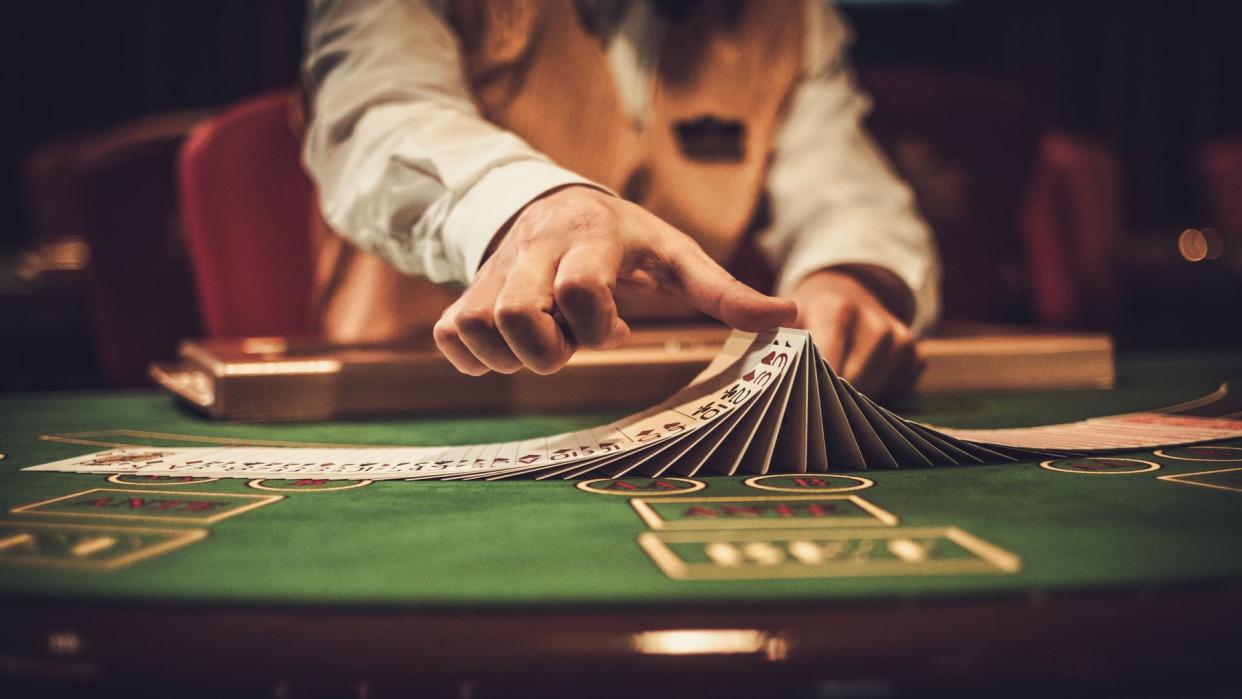
Gambling
America's 462 casinos make nearly $80 billion in gaming market revenue, according to Statista. They are not in the business of losing any time soon.
The game with the best odds of winning in the casino is craps. Stay away from the slot machines, though, which give casinos two-thirds of their profits, according to PBS. The best way to avoid wasting money on gambling is to steer clear of the casinos. But if you find yourself there and tempted to gamble, avoid the tricks casinos use to get you to spend more money.
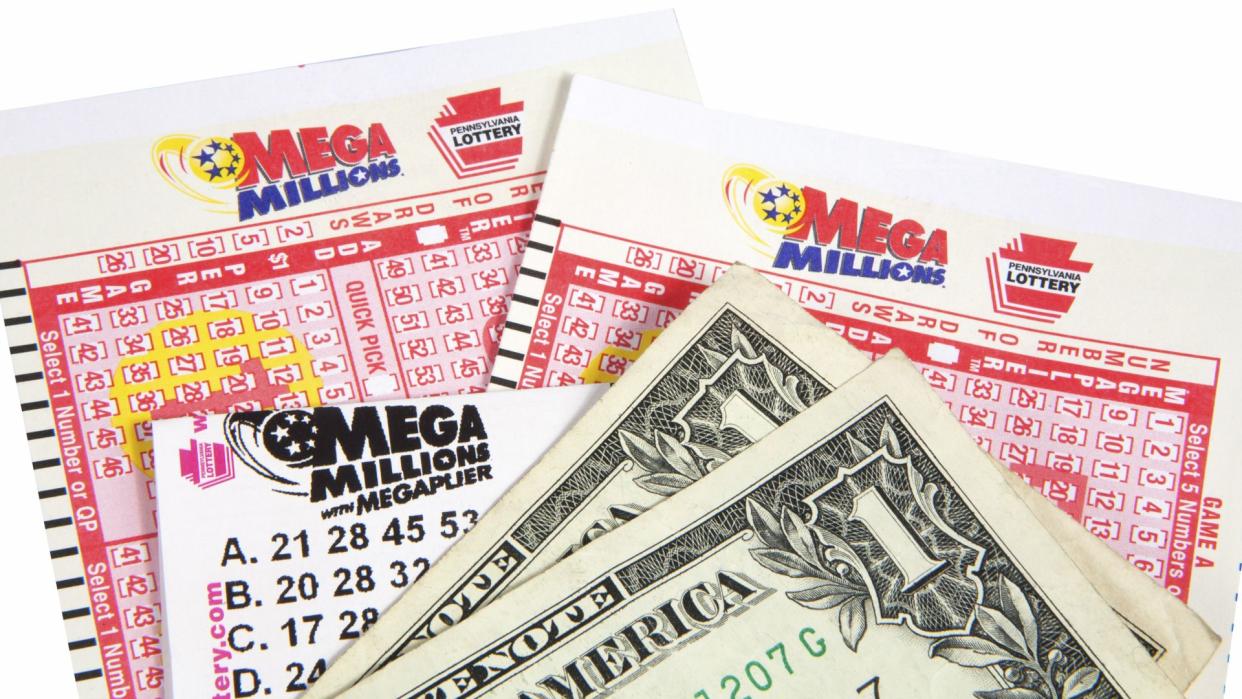
Buying Lottery Tickets
Americans spend more than $1,000 a year on lotto tickets, according to CNBC, and about half the country plays state lottery games.
The odds of winning the Powerball? About one in more than 292.2 million. Odds are, this definitely isn't the best way to spend your money.
Learn more: 12 Essential Money Tips for Every Phase of Your Financial Life
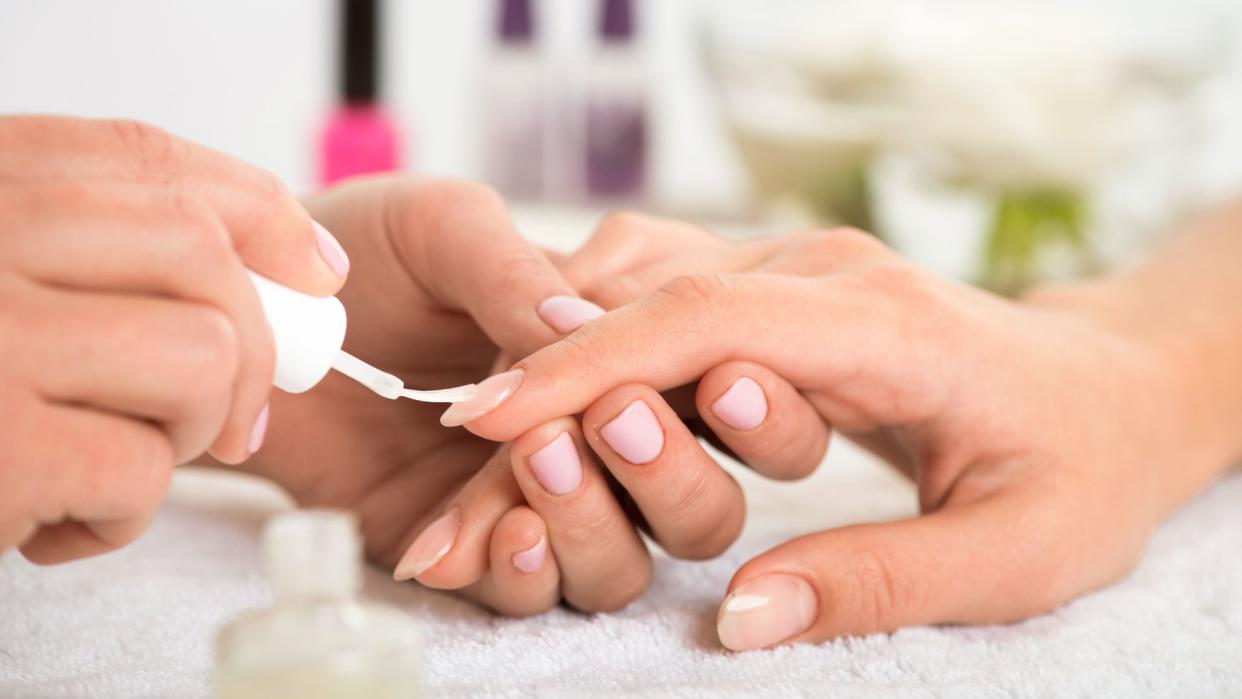
Having Great-Looking Nails
It's no secret that looking good will cost you. But you might be shocked to learn just how much your monthly beauty routine costs.
Manicure devotees get their nails done once a week at an average of nearly $23 for a basic manicure, or around $33 for a deluxe manicure, according to Statista. Instead, buy a bottle of top-rate nail polish for $12.50 that will last a few months and a deluxe manicure set for $20 and give yourself a home manicure. You'll save anywhere from about $1,200 to $1,700 a year, not including tips.

Getting Pampered
Just like manicures, massages run the gamut in cost. The national average for a one-hour massage is $100 per session, according to Thumbtack, but they range from $65-$180 or $45-$145 per hour.
If your massage is is part of doctor-recommended therapy, you can be reimbursed for the massage through your insurance, but each case and claim is different, so know before you go.

Buying Books
Although reading is not a "guilty" pleasure, buying books that just sit on your shelf is. After all, how often do you actually re-read the books you purchase? The average paperback book costs between $13.95-$17.95, according to Mill City Press, which means that if you read two books a month, you're spending an average of $384 a year on books. And of course, that number goes up if you're buying hardcovers.
Instead, consider becoming a member of your local public library so that you can read as many books as you want without spending a dime. Or, if you're an Amazon Prime member, you can access many Kindle books for free through Prime Reading.

Doing It for the Insta
In a society saturated with social media, it's easy to get caught up in the craze -- but if you're spending money on flashy clothes or visits to trendy places just to get "likes," you might want to evaluate how you are spending your money.
Consider this your cautionary tale: Aspiring Instagram star Lissette Calveiro went $10,000 into debt in an attempt to become famous on the social media platform, The New York Post reported. Calveiro would regularly treat herself to $200 shopping sprees so she wouldn't be seen wearing the same outfit in photos twice, and splurged on luxury items such as a $1,000 Louis Vuitton bag and a $700 round-trip ticket to Austin, Texas, to attend a Sia concert -- all to impress her followers. But she didn't have the means to keep up with her virtual lifestyle. "I was living a lie; debt was looming over my head," she told the paper.
Instagram and Facebook can be a great place to share photos of your experiences with friends and family, but you shouldn't throw your money away or go into debt creating a virtual facade.

Taking Baths
Indulging in a bath after a long day at work can be a relaxing way to unwind -- but it will cost you a lot more than a shower would. The average shower lasts four minutes, and uses about 10 gallons of water, according to The Nest. Meanwhile, the average bath requires at least 20 gallons of water. That means you'd slash your water bill in half if you switched from daily baths to daily showers.
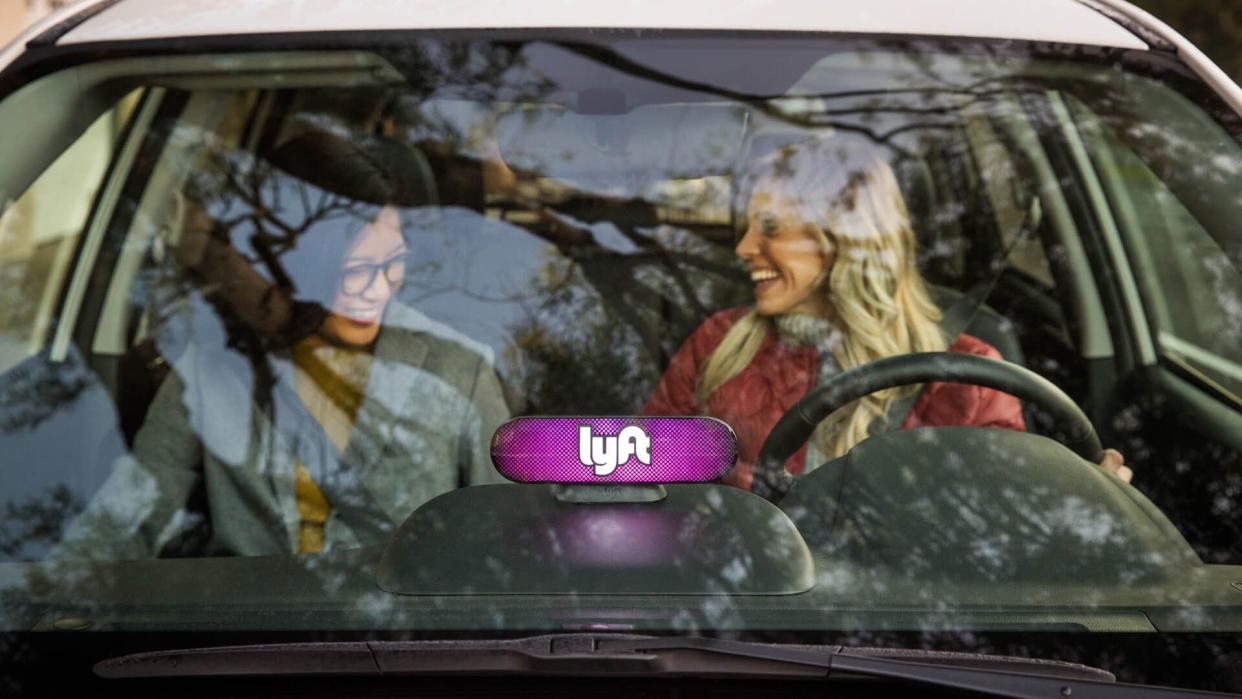
Taking Uber or Lyft Everywhere You Go
When it comes to the cost of using a ride-sharing service such as Uber or Lyft versus owning a car, determining the cheaper option depends on several factors including how much your car payments would cost, how much you drive, and your car's gas efficiency. For long-distance rides or rides during peak hours, driving your own car is the cheaper option, and public transportation will almost always be cheaper than taking a ride-share car.
In Los Angeles, the public transportation fare is $1.75 for a one-way trip on LA Metro, while an UberX starts at $6.50 per ride, according to Ridesharing Driver -- more than three times the cost of taking a bus or train.
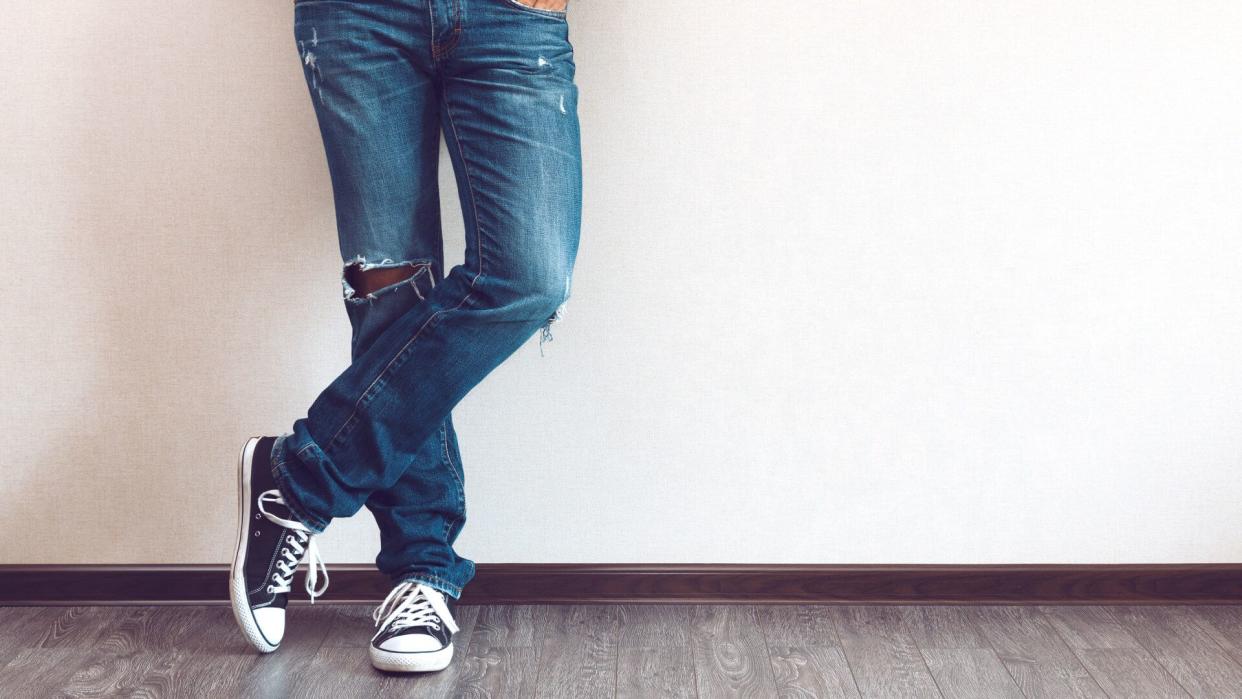
Being a Brand Snob
It's OK to splurge on nice things every once in a while, but insisting on a designer-brand wardrobe can put a huge dent in your wallet. Consider the cost of a designer pair of jeans versus the cost of a similar pair from a fast-fashion retailer -- a pair of AG jeans retails for $200 or more, while a pair of jeans from H&M can be yours for less than $30.
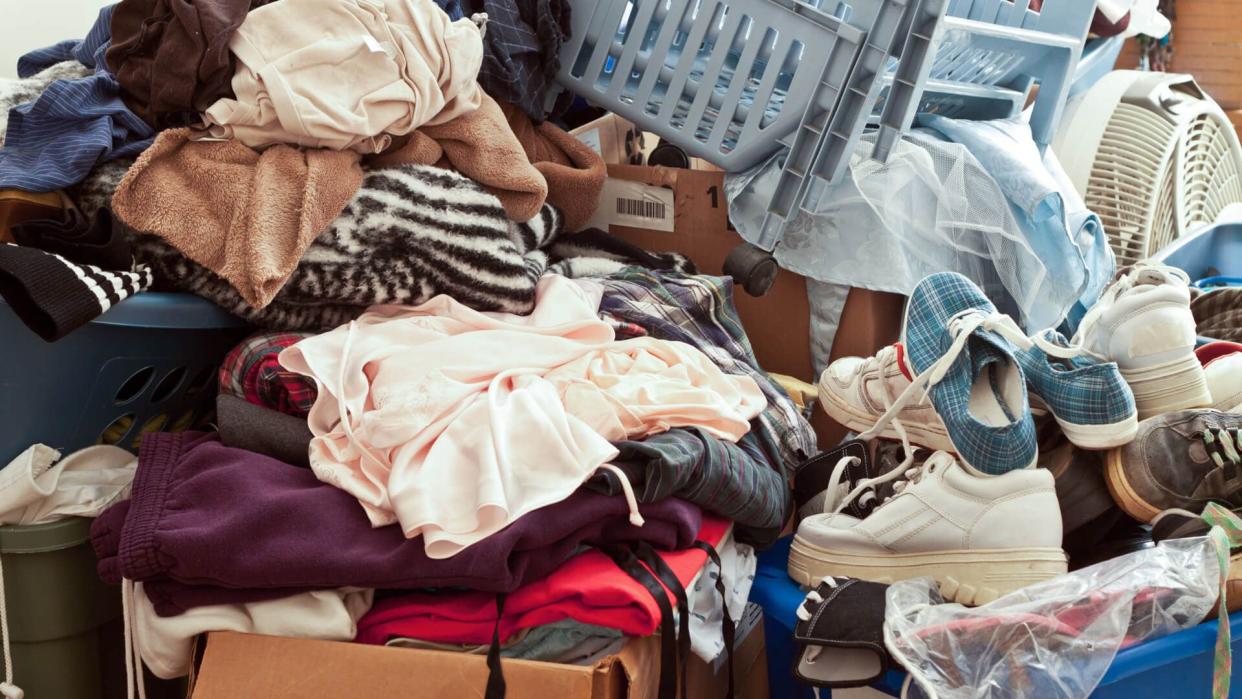
Hoarding
If you find that you hold onto things you no longer need or use for "sentimental" reasons, you could just be a hoarder. Not only could hoarding cause unnecessary clutter in your living space, but it could also cost you money if you decide to put some of your items in a storage unit. Storage units can cost an average of $100-$300 per month depending on the size, according to Move.org.
You are also missing out on money you could get from selling possessions you no longer have use for. You can sell household items on Craigslist, or use sites like Poshmark, Threadflip and Tradesy to sell used clothes online.
More From GOBankingRates
Andrew Lisa contributed to the reporting of this article.
This article originally appeared on GOBankingRates.com: Gaming, Fast Food and 19 Other Pleasures That Are Hurting Your Bank Account
